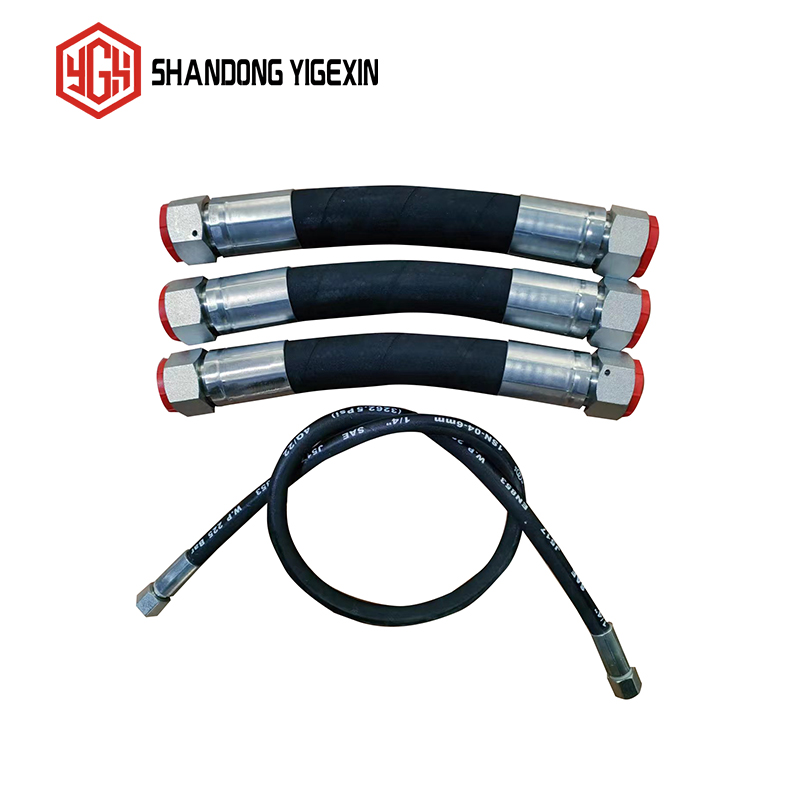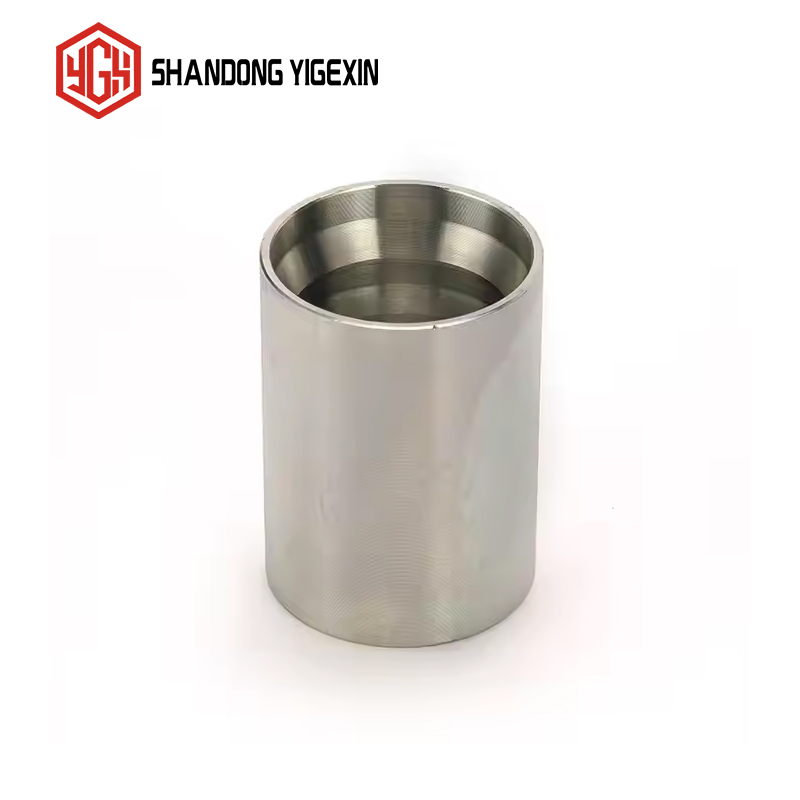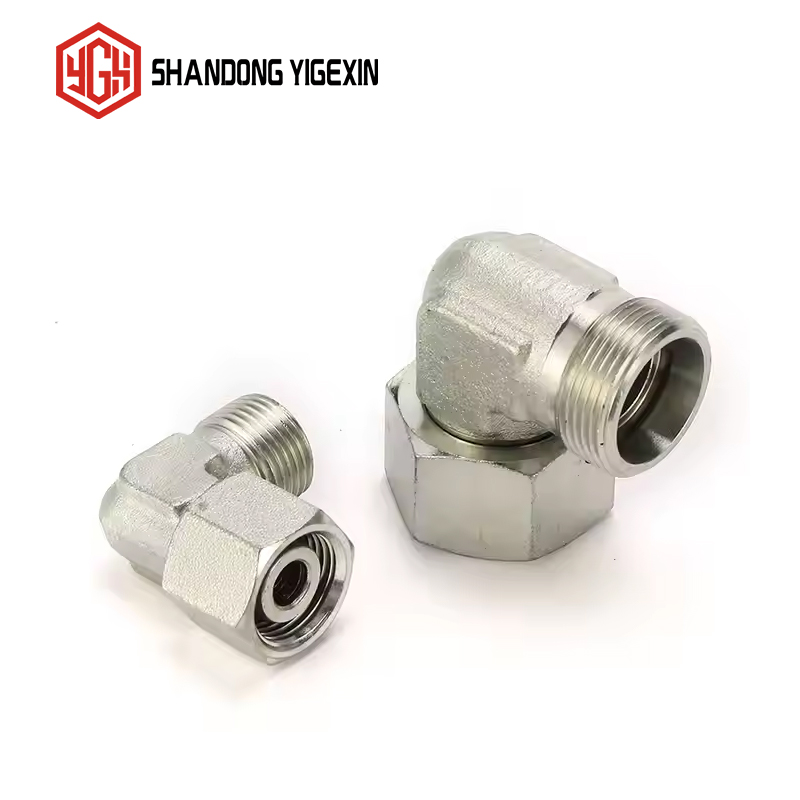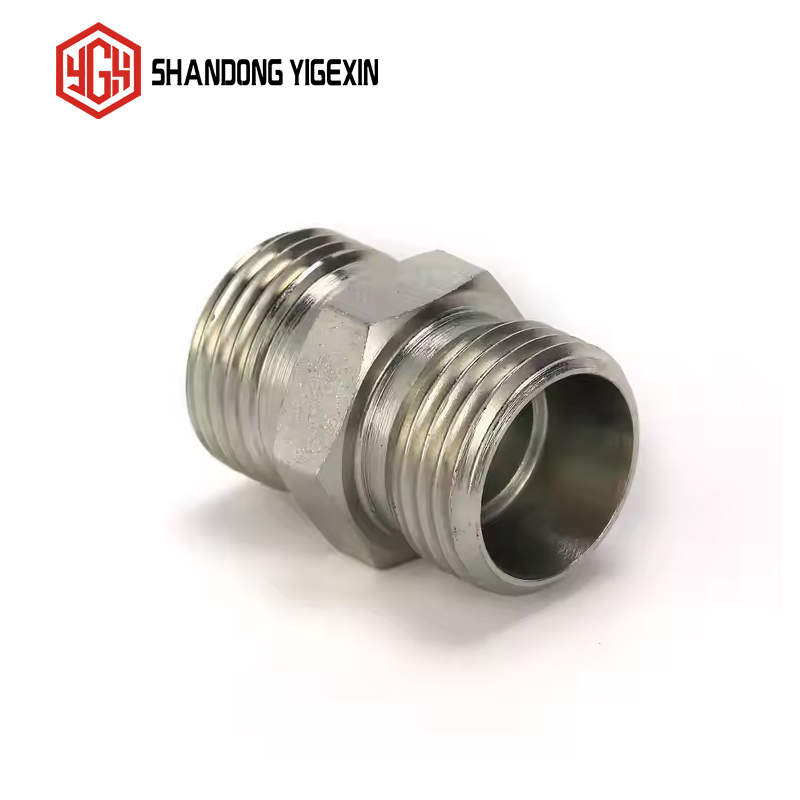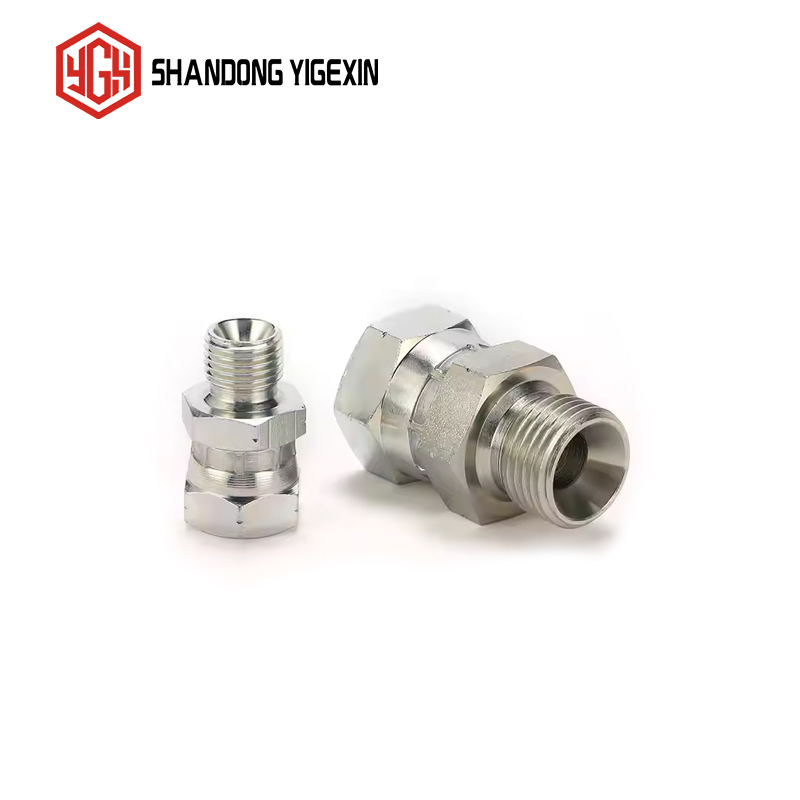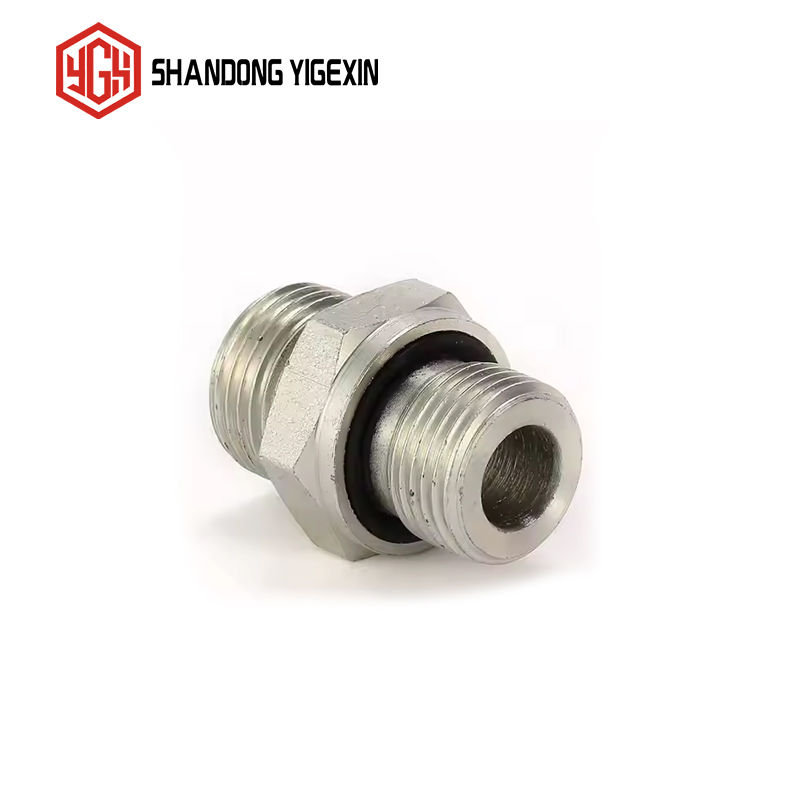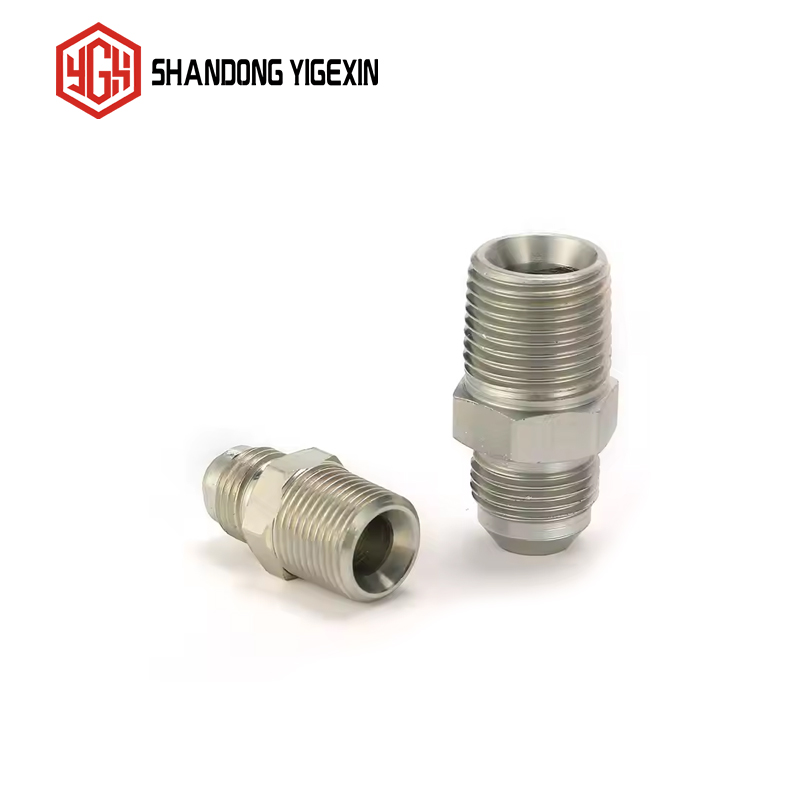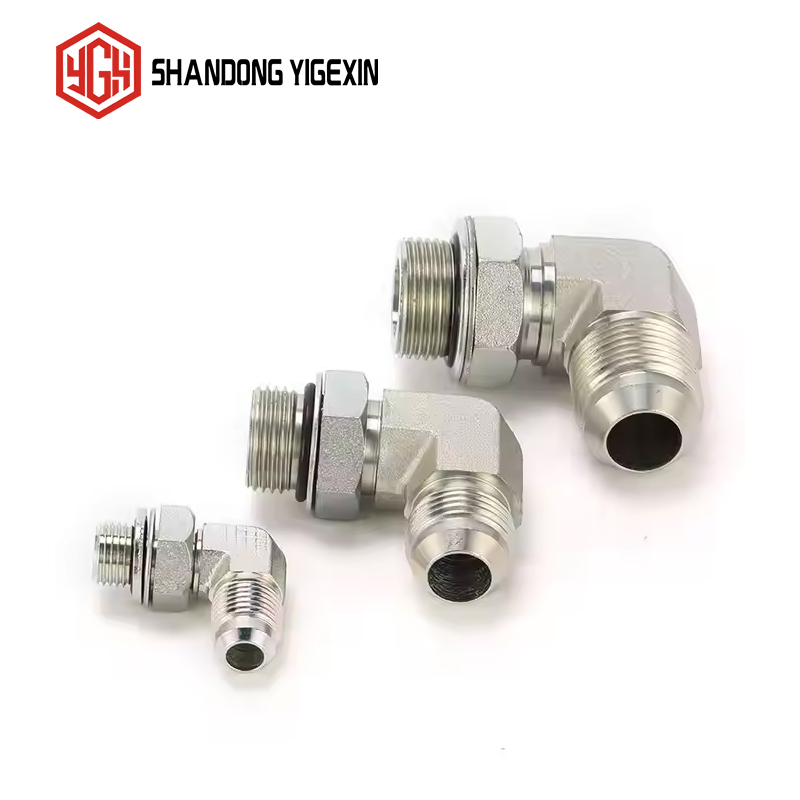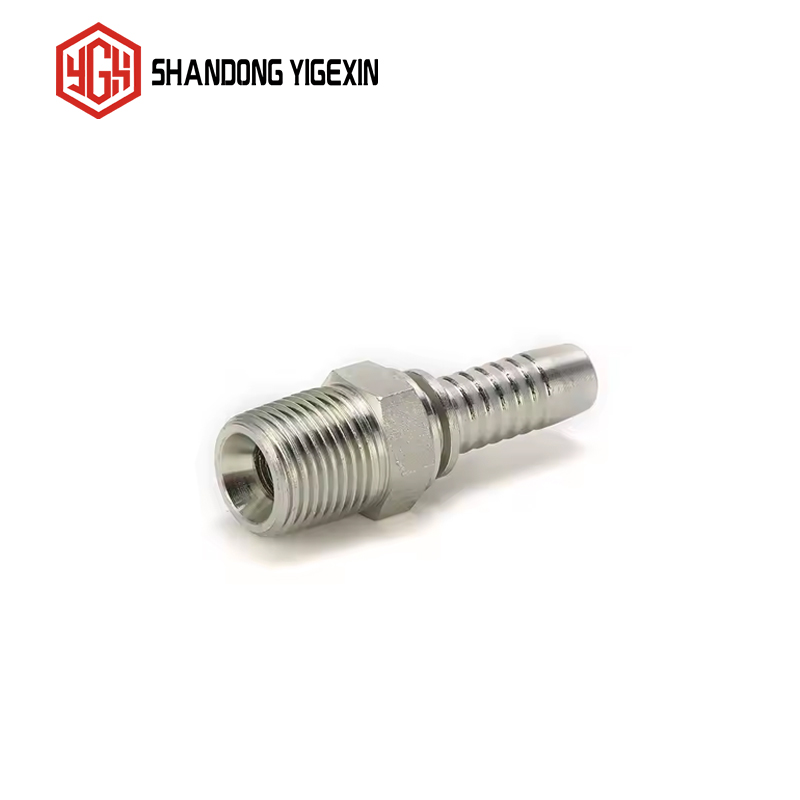Unleashing the Power of Hydraulic Components in Your Machinery
In the dynamic world of machinery, hydraulic components stand as the unsung heroes, capable of revolutionizing performance and efficiency. Whether you're in the construction, manufacturing, or any other industry that relies on heavy - duty equipment, understanding and harnessing the full potential of hydraulic systems is crucial.
The Heart of Hydraulic Systems: Pumps
Hydraulic pumps are the powerhouses that initiate the flow of hydraulic fluid. They convert mechanical energy, typically from an electric motor or an engine, into hydraulic energy. Gear pumps, for example, are simple and cost - effective. Their interlocking gears create a vacuum on the inlet side, drawing in hydraulic fluid, and then force it out at the outlet under pressure. This makes them ideal for applications where a moderate amount of pressure and flow rate are required, such as in small - to - medium - sized industrial machinery.
Vane pumps, on the other hand, offer a more refined operation. As the rotor spins, the vanes slide in and out of their slots, creating chambers that expand and contract. This results in a smoother flow of fluid and higher efficiency compared to gear pumps. Vane pumps are often found in precision - oriented machinery, like machine tools, where a consistent and stable hydraulic power supply is essential.
Piston pumps are the heavyweights of the hydraulic pump family. They can generate extremely high pressures, making them suitable for demanding applications such as hydraulic presses in the metalworking industry. In a piston pump, pistons reciprocate within cylinders, drawing in and expelling hydraulic fluid with great force. The ability to precisely control the amount of fluid displaced by each piston stroke allows for highly accurate and powerful operations.
Controlling the Flow: Valves
Valves are the traffic controllers of hydraulic systems, regulating the flow, pressure, and direction of the hydraulic fluid. Directional control valves are responsible for determining the path that the fluid takes. A simple two - way valve can either allow or block the flow, while multi - way valves are more complex, enabling the fluid to be directed to different parts of the system. This functionality is essential for machinery that requires various motions, such as the boom of an excavator, which needs to move in multiple directions.
Pressure control valves play a vital role in maintaining the integrity of the hydraulic system. Relief valves act as safety nets, opening when the pressure within the system exceeds a pre - set limit. This diverts the fluid back to the reservoir, preventing damage to components that could occur due to over - pressure. Pressure reducing valves, on the other hand, are used to lower the pressure in specific sections of the system, ensuring that delicate components are not subjected to excessive force.
Flow control valves are designed to manage the rate at which the hydraulic fluid flows. By adjusting the size of the orifice through which the fluid passes, these valves can precisely control the speed of hydraulic actuators, such as cylinders and motors. In a conveyor system, for example, flow control valves can regulate the speed of the hydraulic motor that drives the conveyor belt, ensuring smooth and consistent material handling.
Translating Power into Motion: Actuators
Hydraulic actuators, such as cylinders and motors, are where the hydraulic energy is transformed into useful mechanical motion. Hydraulic cylinders are widely used for linear motion applications. They consist of a cylinder barrel, a piston, and a rod. When pressurized hydraulic fluid enters one side of the piston, it creates a force that pushes the piston and, in turn, the attached rod. In construction machinery like bulldozers, hydraulic cylinders are used to lift and lower the blades, providing the necessary force for earth - moving operations.
Hydraulic motors, on the other hand, are designed to produce rotational motion. They can be used to drive various types of equipment, from the wheels of a mobile hydraulic vehicle to the spindles of a machine tool. Hydraulic motors offer high torque at low speeds, making them suitable for applications where a large amount of rotational force is required, such as in winches for lifting heavy loads.
Optimizing Performance: Maintenance and Selection
To truly unleash the power of hydraulic components, proper maintenance and selection are key. Regularly checking the hydraulic fluid for contamination, leaks, and proper viscosity is essential. Contaminated fluid can cause premature wear of components, leading to reduced performance and increased downtime. Additionally, choosing the right hydraulic components for your specific machinery and application is crucial. Factors such as the required pressure, flow rate, and operating environment need to be carefully considered when selecting pumps, valves, and actuators.
In conclusion, hydraulic components have the potential to significantly enhance the performance of your machinery. By understanding their functions, choosing the right components, and maintaining them properly, you can unlock a new level of efficiency, power, and reliability in your industrial operations.


